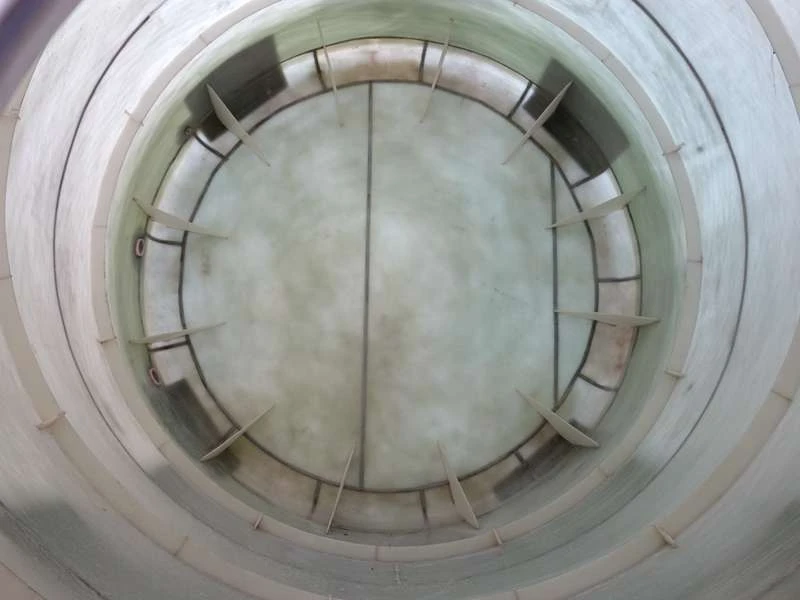
-
 Afrikaans
Afrikaans -
 Albanian
Albanian -
 Amharic
Amharic -
 Arabic
Arabic -
 Armenian
Armenian -
 Azerbaijani
Azerbaijani -
 Basque
Basque -
 Belarusian
Belarusian -
 Bengali
Bengali -
 Bosnian
Bosnian -
 Bulgarian
Bulgarian -
 Catalan
Catalan -
 Cebuano
Cebuano -
 China
China -
 China (Taiwan)
China (Taiwan) -
 Corsican
Corsican -
 Croatian
Croatian -
 Czech
Czech -
 Danish
Danish -
 Dutch
Dutch -
 English
English -
 Esperanto
Esperanto -
 Estonian
Estonian -
 Finnish
Finnish -
 French
French -
 Frisian
Frisian -
 Galician
Galician -
 Georgian
Georgian -
 German
German -
 Greek
Greek -
 Gujarati
Gujarati -
 Haitian Creole
Haitian Creole -
 hausa
hausa -
 hawaiian
hawaiian -
 Hebrew
Hebrew -
 Hindi
Hindi -
 Miao
Miao -
 Hungarian
Hungarian -
 Icelandic
Icelandic -
 igbo
igbo -
 Indonesian
Indonesian -
 irish
irish -
 Italian
Italian -
 Japanese
Japanese -
 Javanese
Javanese -
 Kannada
Kannada -
 kazakh
kazakh -
 Khmer
Khmer -
 Rwandese
Rwandese -
 Korean
Korean -
 Kurdish
Kurdish -
 Kyrgyz
Kyrgyz -
 Lao
Lao -
 Latin
Latin -
 Latvian
Latvian -
 Lithuanian
Lithuanian -
 Luxembourgish
Luxembourgish -
 Macedonian
Macedonian -
 Malgashi
Malgashi -
 Malay
Malay -
 Malayalam
Malayalam -
 Maltese
Maltese -
 Maori
Maori -
 Marathi
Marathi -
 Mongolian
Mongolian -
 Myanmar
Myanmar -
 Nepali
Nepali -
 Norwegian
Norwegian -
 Norwegian
Norwegian -
 Occitan
Occitan -
 Pashto
Pashto -
 Persian
Persian -
 Polish
Polish -
 Portuguese
Portuguese -
 Punjabi
Punjabi -
 Romanian
Romanian -
 Russian
Russian -
 Samoan
Samoan -
 Scottish Gaelic
Scottish Gaelic -
 Serbian
Serbian -
 Sesotho
Sesotho -
 Shona
Shona -
 Sindhi
Sindhi -
 Sinhala
Sinhala -
 Slovak
Slovak -
 Slovenian
Slovenian -
 Somali
Somali -
 Spanish
Spanish -
 Sundanese
Sundanese -
 Swahili
Swahili -
 Swedish
Swedish -
 Tagalog
Tagalog -
 Tajik
Tajik -
 Tamil
Tamil -
 Tatar
Tatar -
 Telugu
Telugu -
 Thai
Thai -
 Turkish
Turkish -
 Turkmen
Turkmen -
 Ukrainian
Ukrainian -
 Urdu
Urdu -
 Uighur
Uighur -
 Uzbek
Uzbek -
 Vietnamese
Vietnamese -
 Welsh
Welsh -
 Bantu
Bantu -
 Yiddish
Yiddish -
 Yoruba
Yoruba -
 Zulu
Zulu
fiberglass sewer pipe
The Advantages of Fiberglass Sewer Pipe
In the modern construction and civil engineering sectors, the choice of materials can greatly influence the longevity and effectiveness of infrastructure. One material that has gained significant traction in recent years is fiberglass sewer pipe. This innovative solution has emerged as a reliable and efficient alternative to traditional materials like clay, concrete, and PVC. In this article, we will explore the benefits of fiberglass sewer pipe, its applications, and why it should be considered for future sewer projects.
First and foremost, fiberglass sewer pipes are known for their superior strength and durability. Made from a composite of fiberglass and resin, these pipes are not only lightweight but also incredibly strong. They are designed to withstand high pressures and resist external loads, making them ideal for underground applications where heavy traffic or shifting soil is common. Unlike traditional materials that can crack or break under stress, fiberglass pipes maintain their integrity over time, reducing the need for repairs and replacements.
Another significant advantage of fiberglass sewer pipes is their resistance to corrosion and chemical exposure. Traditional sewer materials can degrade over time due to the presence of harsh chemicals in the sewage they carry. Fiberglass, however, is inherently resistant to a wide range of chemicals, including acids, alkalis, and salts. This property significantly extends the lifespan of the piping system, ensuring that it remains functional and reliable for years to come. Particularly in environments with aggressive sewage conditions, fiberglass pipes outperform their counterparts, preventing leaks and reducing maintenance costs.
Furthermore, fiberglass sewer pipes showcase excellent flow characteristics. Their smooth internal surface allows for efficient fluid movement, minimizing friction and preventing the buildup of sediment. This is crucial in sewer applications, as reduced flow resistance can lead to lower energy costs for pumping systems and a decreased risk of blockages. The design of fiberglass pipes also facilitates easier installation, reducing labor costs and time required for projects. Their lightweight nature allows for handling without heavy machinery, enabling faster and more efficient installation processes.
fiberglass sewer pipe

In addition to their mechanical and chemical advantages, fiberglass sewer pipes are also environmentally friendly. The manufacturing process of fiberglass materials produces fewer pollutants compared to conventional materials like PVC and concrete. Moreover, their long lifespan means that less frequent replacements and installations are needed, contributing to a reduction in overall waste. This sustainability aspect aligns with the increasing demand for eco-friendly solutions in construction and urban planning.
The versatility of fiberglass sewer pipes allows them to be used in various applications beyond just sewage systems. They are effective in stormwater management, agricultural drainage, and even in industrial settings. This adaptability makes fiberglass a go-to choice for engineers and planners looking for innovative solutions to contemporary challenges.
The initial cost of fiberglass sewer pipes may be higher than traditional materials, but the long-term savings they offer are significant. When considering installation costs, maintenance, durability, and lifespan, fiberglass proves to be a cost-effective investment. The reduction in maintenance frequency and the ability to function effectively in challenging environments translate to considerable financial savings over time.
In conclusion, fiberglass sewer pipes present a range of advantages that make them an excellent choice for modern sewer systems and other drainage applications. Their strength, resistance to corrosion, smooth flow properties, and environmental sustainability position them as a superior alternative to traditional materials. As urban areas continue to grow and require reliable infrastructure, the adoption of fiberglass sewer pipes can lead to more efficient and sustainable urban planning. Looking ahead, engineers and decision-makers in the construction sector should seriously consider incorporating fiberglass solutions into their projects, ensuring a resilient and effective drainage system for the future.









